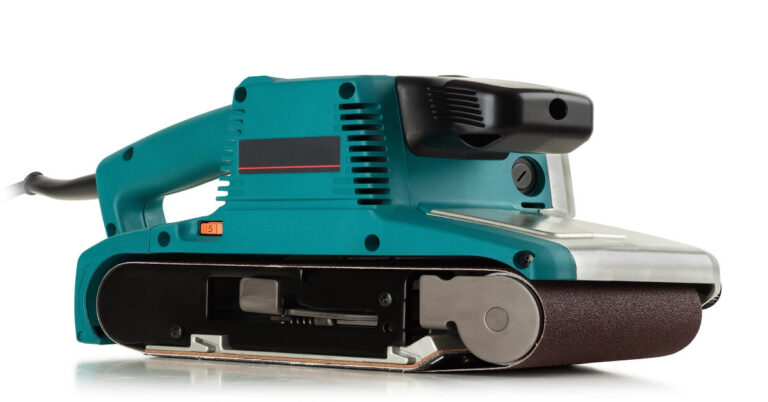

This section is all about blogs, buying guides, instructional and informational articles, and reviews about tools used for woodworking.
If you are here, we assume that you are fully aware of woodworking tools and their usage. That said, as a mere formality and to enlighten those who are not aware of the term, here is a small brief that will help you understand what the power tool is all about.
Cabinet building, furniture design, woodcarving, joinery, carpentry, and woodturning are all subsets of woodworking, the art of creating useful objects from wood.
Wood was among the earliest materials used by humans, along with stone, clay, and animal parts for design and construction. Studies of the microwear on Neanderthal Mousterian stone tools suggest that many of them were used in woodworking. Increased mastery in manipulating these substances was intrinsically linked to the progress of civilisation.
Sticks with carvings or other designs on them have been discovered in excavations at Kalambo Falls, Clacton-on-Sea, and Lehringen, and they are among the earliest examples of wooden implements. Some of the earliest instances of hunting equipment made of wood are the spears discovered at Schöningen, Germany. Typically, flint tools were used for sculpting. Wells from the Linear Pottery culture, such as those at Kückhofen and Eythra, have held carved wooden vessels since the Neolithic period.
Coffins hewn from tree trunks in northern Germany and Denmark, as well as folding seats, are examples of woodcarving from the Bronze Age. Wooden animal figures dating back to the Iron Age may be found in excellent condition at the German site of Fellbach-Schmieden. A sanctuary at the headwaters of the Seine in France has yielded wooden idols dating back to the La Tène era.
In the past, woodworkers could only work with the woods found in their immediate area, but with the development of transportation and commerce, exotic woods become much more accessible. Hardwoods, from broadleaf trees, have a tighter grain than softwoods, which come from coniferous trees, while plywood and medium-density fiberboard (MDF) is man-made. Some common softwoods used for construction includes cedar, fir, and pine. Some common hardwoods include ash, beech, birch, cherry, mahogany, oak, and maple.
Choosing the right kind of wood for a job is a complex process that involves a number of variables. Important factors include the wood’s workability, which includes how it handles being shaped by hand or with tools, the quality of the grain, and the way it takes adhesives and finishes. Wood with a high workability provides less resistance while cutting and causes less tool blunting. Wood that is easy to work with may be shaped into various shapes with no effort. For glued joints to last, it helps if the wood grain is uniform and straight. As an added bonus, it will prevent the wood from breaking when fastened with nails or screws. Filing and rubbing down coarse grains is a time-consuming technique that is necessary to achieve a smooth finish.
The wood’s endurance, particularly in relation to moisture, is also crucial. Wood has to be particularly resistant to avoid decay if the completed product will be exposed to moisture (such as in outdoor projects) or high humidity or condensation (such as in kitchens or bathrooms). Many tropical hardwoods, like teak and mahogany, are attractive for such uses due to their oily characteristics.
Woodworking can be carried out using either power tools or by hand. Power tools have made woodworking simpler and faster for many professionals today. Many people, however, choose to stick to using just hand tools, whether for the sake of tradition or to give their work a more personal touch, or even if they just love doing so.
Tools that are held in one’s hands and operated only by the person holding them are known as “hand tools.” Common examples of contemporary hand tools include:
In contrast to hand tools, power tools are those that get their power from somewhere else, whether it a battery, a motor, or a cord that plugs into an electrical outlet. Popular examples of power tools include:
Our aim is to ensure that you get the best, well-researched, and review product information – to help you make the best buying decision – that offers value for money results, and performances.
Whether you are looking for tools from all shapes, sizes, brands and styles,you can always count on us to get the appropriate information, hand-picked for you by our researchers and editors – that will help you choose the right brands, model, and type for top results.
Feel free to check out all the articles and guides posted below: